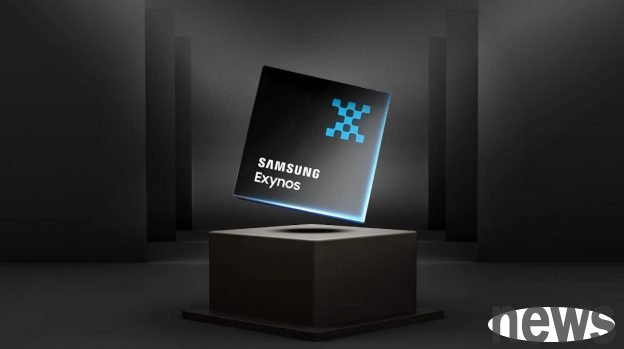
Foreign media Wccftech reported that Samsung’s Exynos 2600 will use a 2nm GAA process next year, and internal test data shows that the performance significantly exceeds that of competitors. Exynos 2600's AI computing performance is six times higher than Apple's A19 Pro, with 75% higher GPU performance and 14% faster multi-core computing. Compared with Qualcomm Snapdragon 8 Gen 5 Elite, the NPU performance is improved by about 30% and the GPU is 29% higher.
However, these data come from Samsung laboratories and may differ from the real environment. Foreign media pointed out that Samsung’s tests are mostly conducted under controlled conditions, such as low-temperature environments and unlocking power consumption limits, allowing the chips to run at higher clock speeds. If the actual mobile phone is operated, thermal throttling may still occur due to limited heat dissipation conditions, resulting in reduced performance.
To solve the problem of high power consumption and heating, Samsung introduced Heat Pass Block (HPB) and Fan-out Wafer Level Packaging (FOWLP) technologies. HPB can be used as a thermal conductive layer to help reduce heat accumulation on the chip; FOWLP increases packaging density and reduces thermal resistance. Market estimates suggest that the Galaxy S26 series will use an aluminum alloy body and a larger air-cooled thermal plate (vapor chamber) to cope with 2-nanometer heat dissipation challenges.
Unlike Samsung, TSMC adopts a more robust two-stage node strategy, first using N2 (FinFET architecture) to ensure yield and production capacity, and then introducing backside power supply (BSPDN) and GAA nanosheet (Nanosheet) to the N2P node. Although Samsung is the first to mass-produce the 2nm GAA process, which symbolizes technological innovation, the yield rate is still only about 50%, which is still significantly different from TSMC’s stable level of more than 80%.
In addition, Exynos 2600 does not integrate a 5G modem chip, but adopts an external design, which may increase power consumption and motherboard layout complexity. According to industry sources, Samsung still maintains a dual-supply strategy—Snapdragon chips will be used in the U.S., Japan and China markets, while the Exynos version will only be sold in South Korea and Europe.
Exynos 2600 Could Become Samsung’s First 2nm GAA Chipset And Found In The Galaxy S26 Series – Here Is Everything You Need To Know Further reading: Samsung Exynos 2600 transmits external 5G modem chips, which may weaken the low power consumption advantage of 2nm